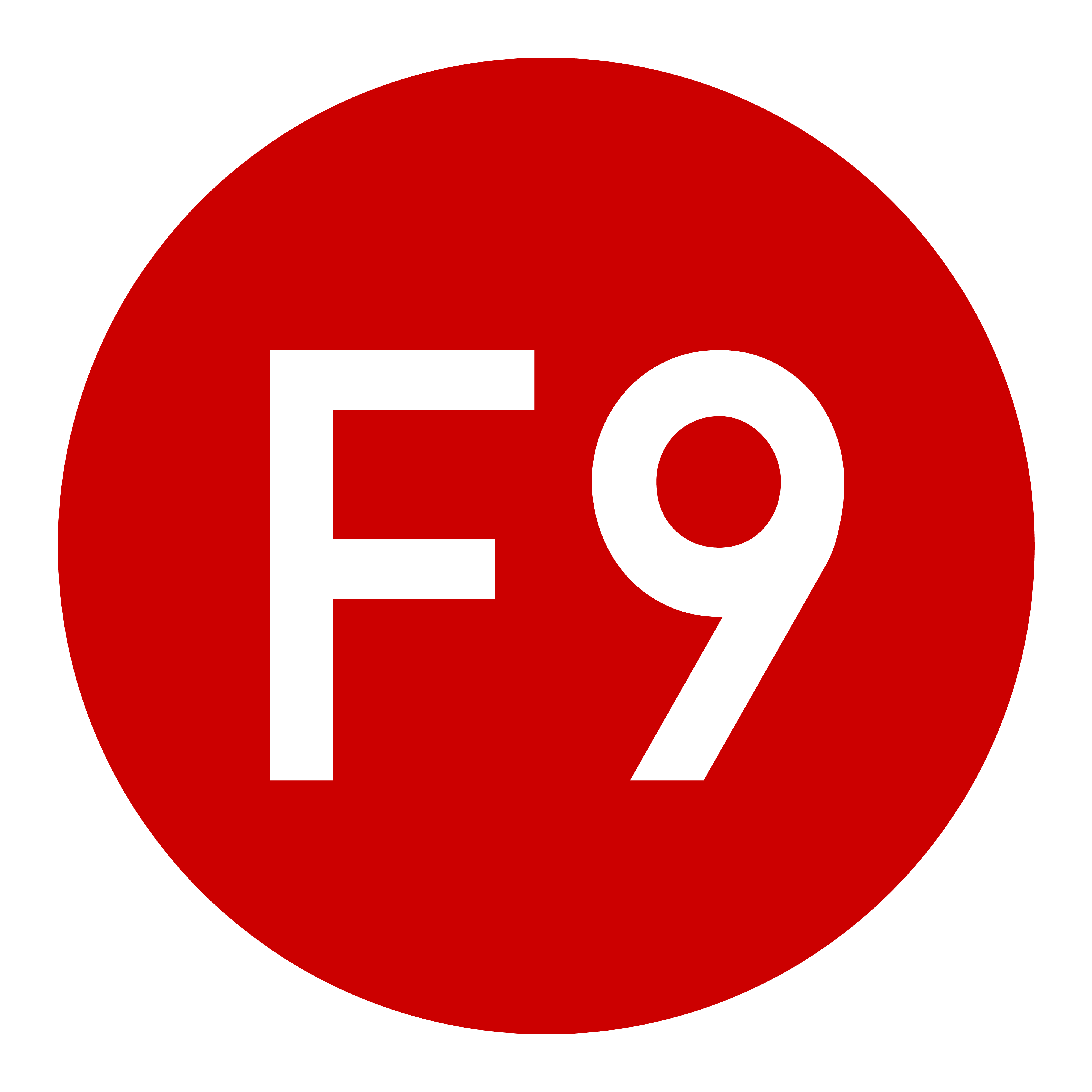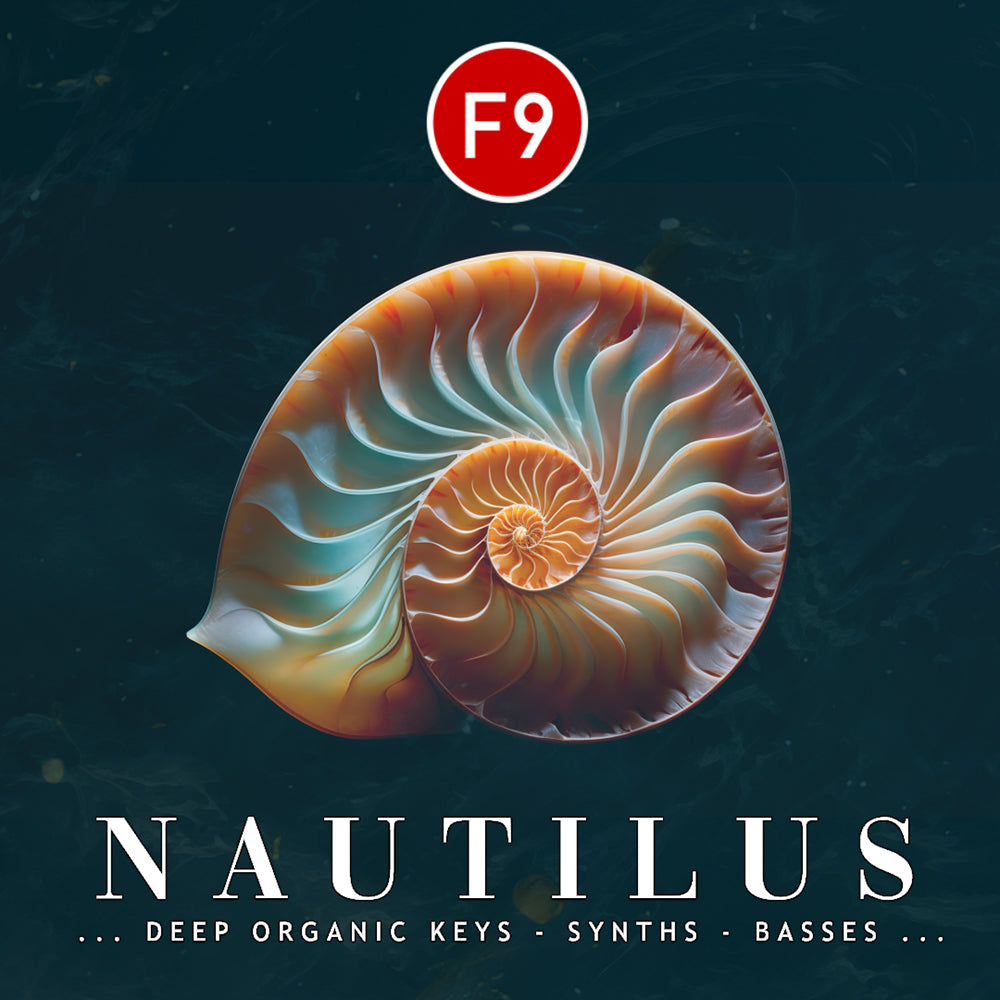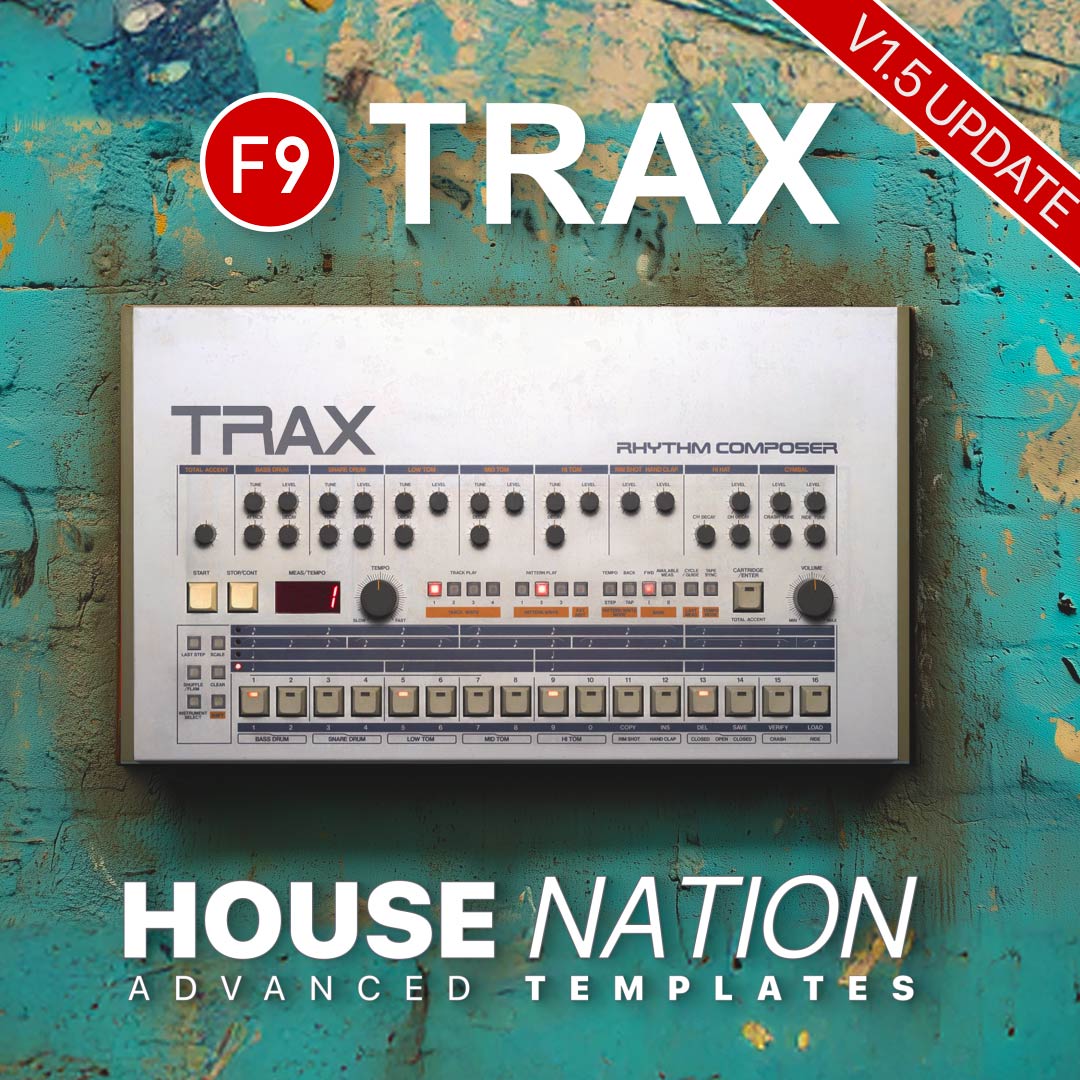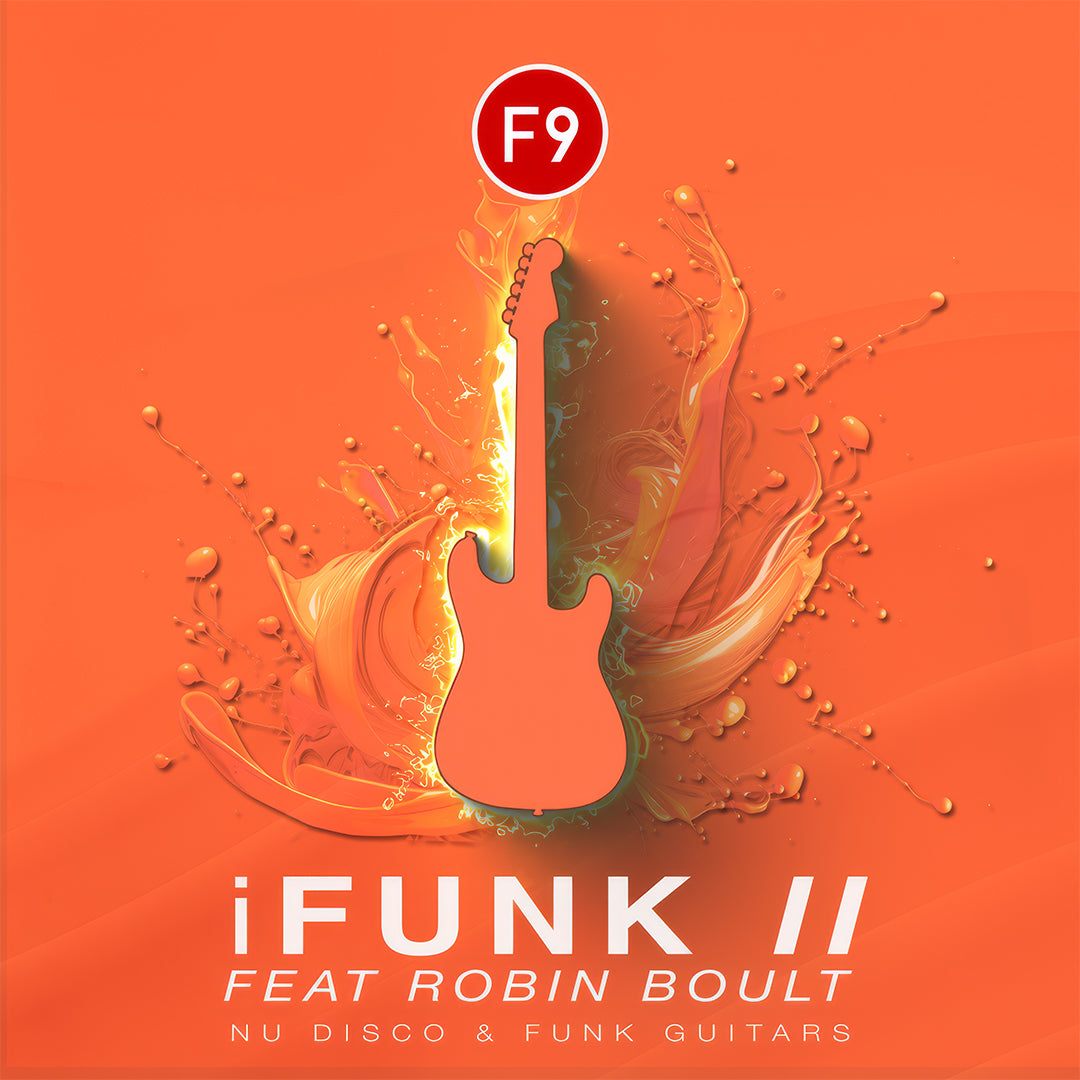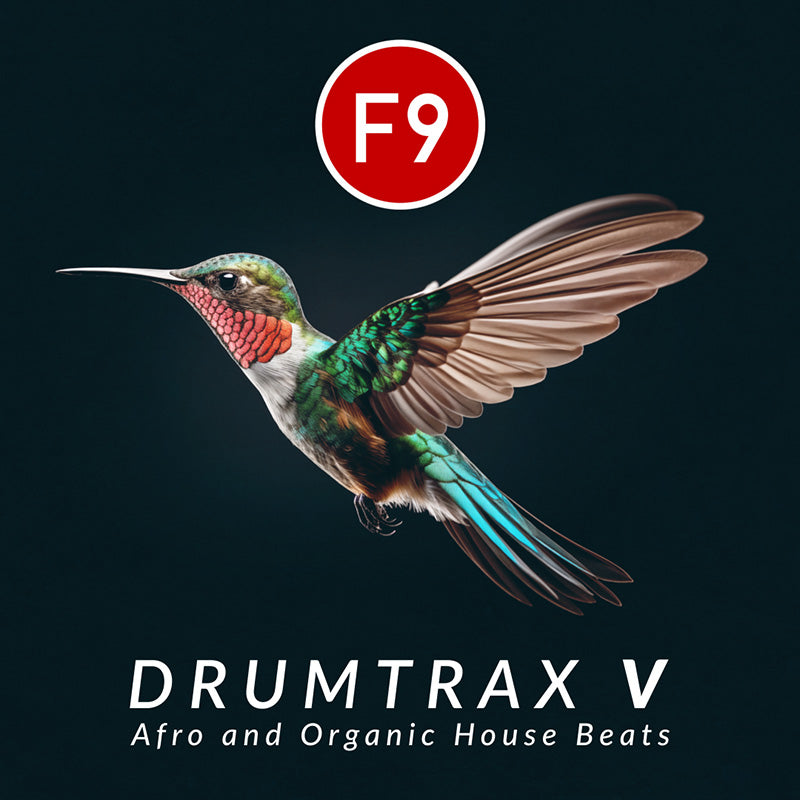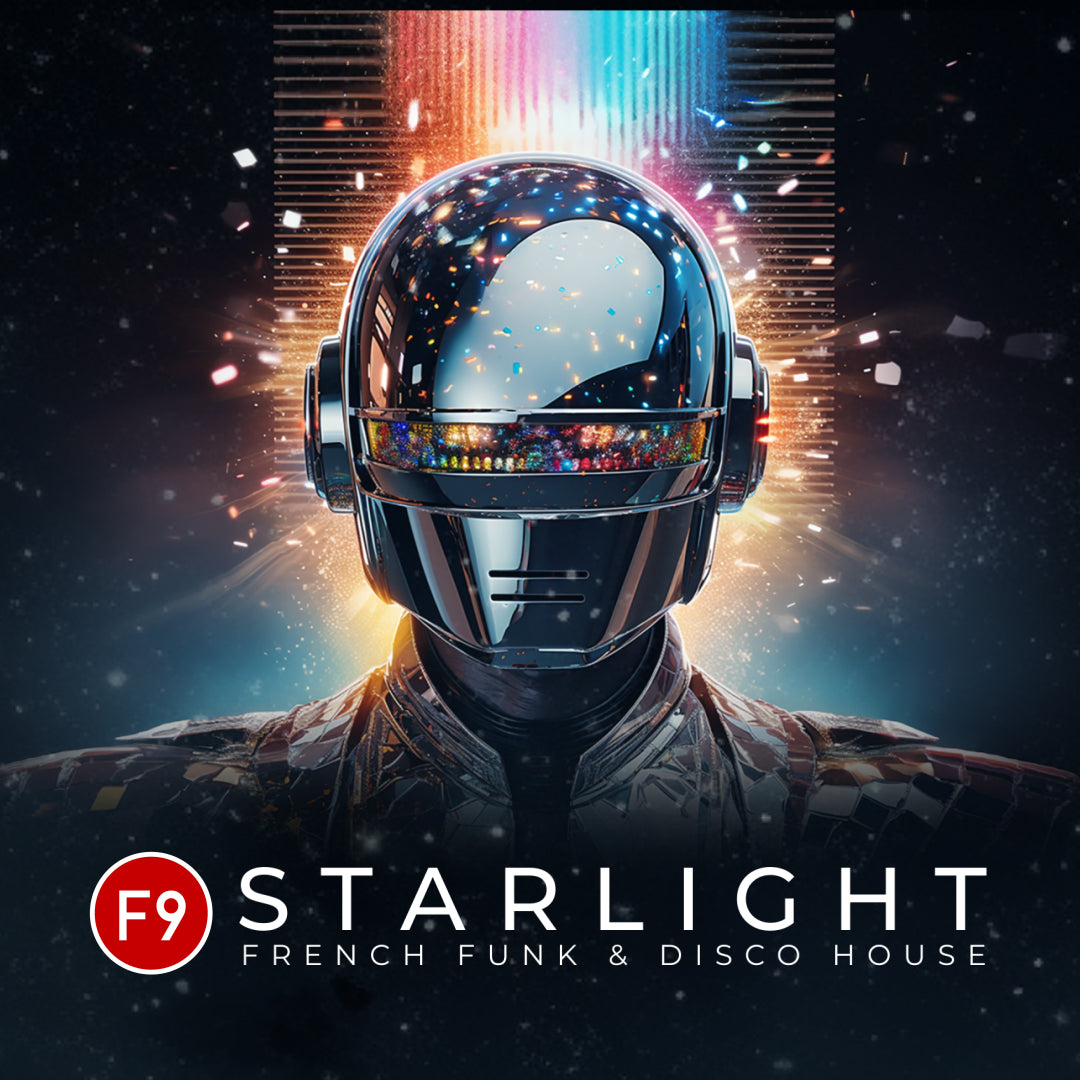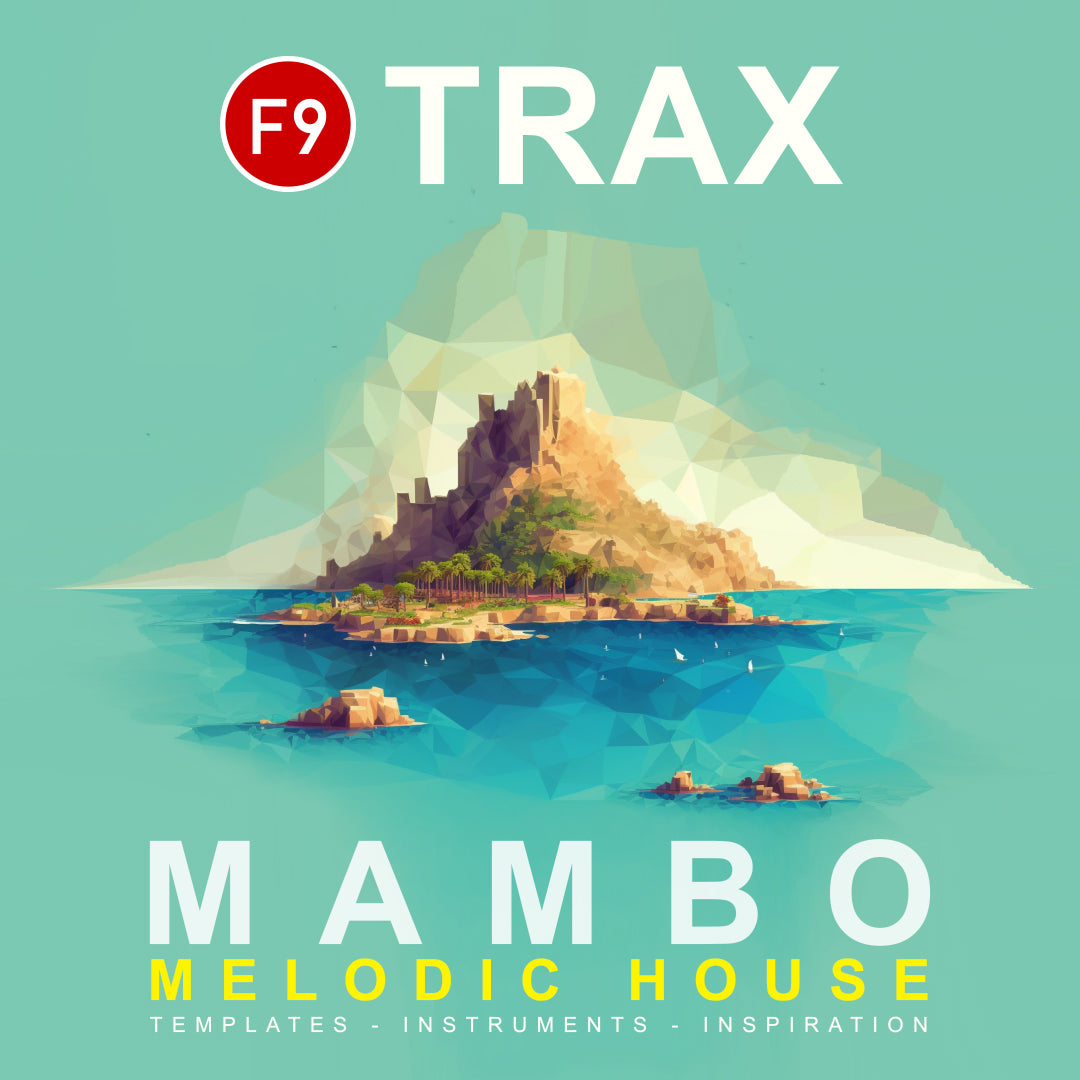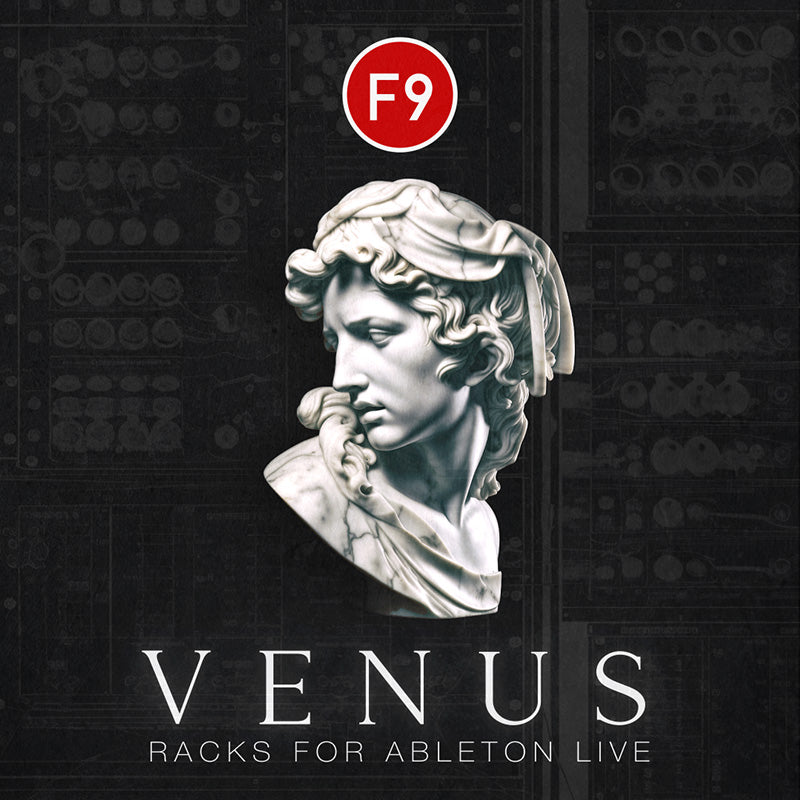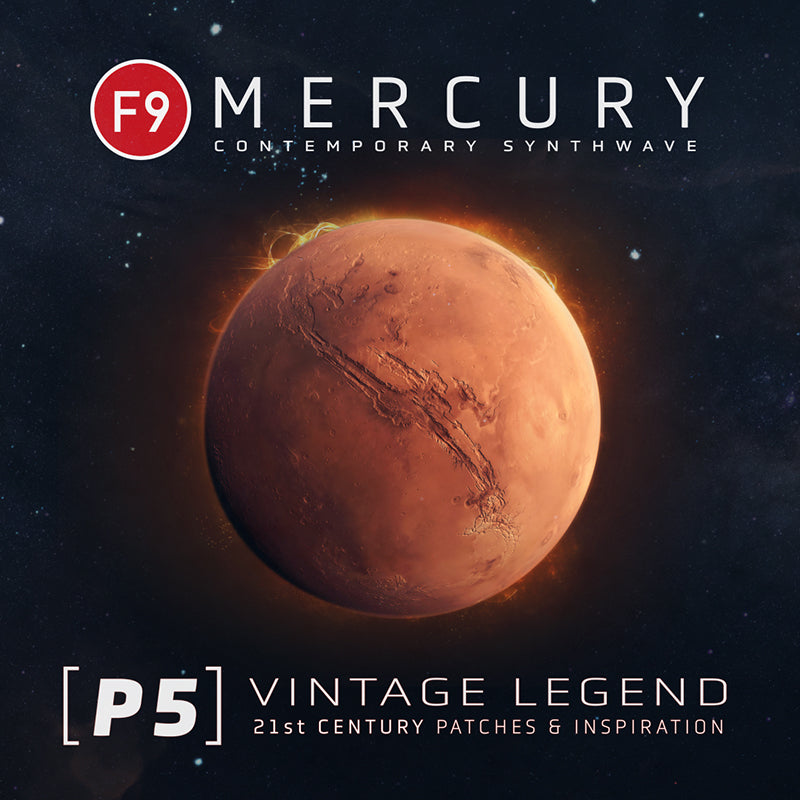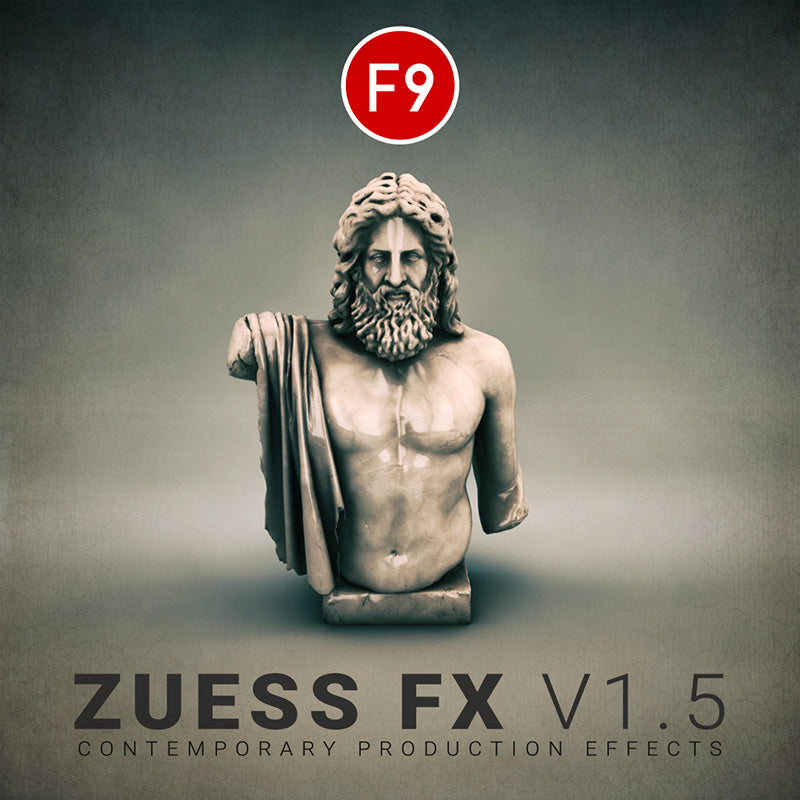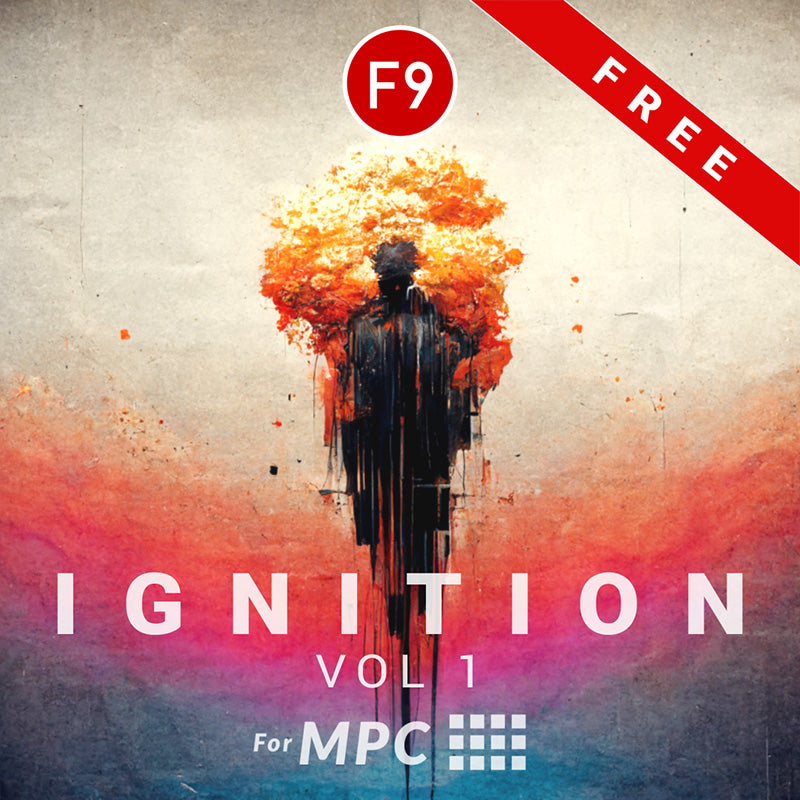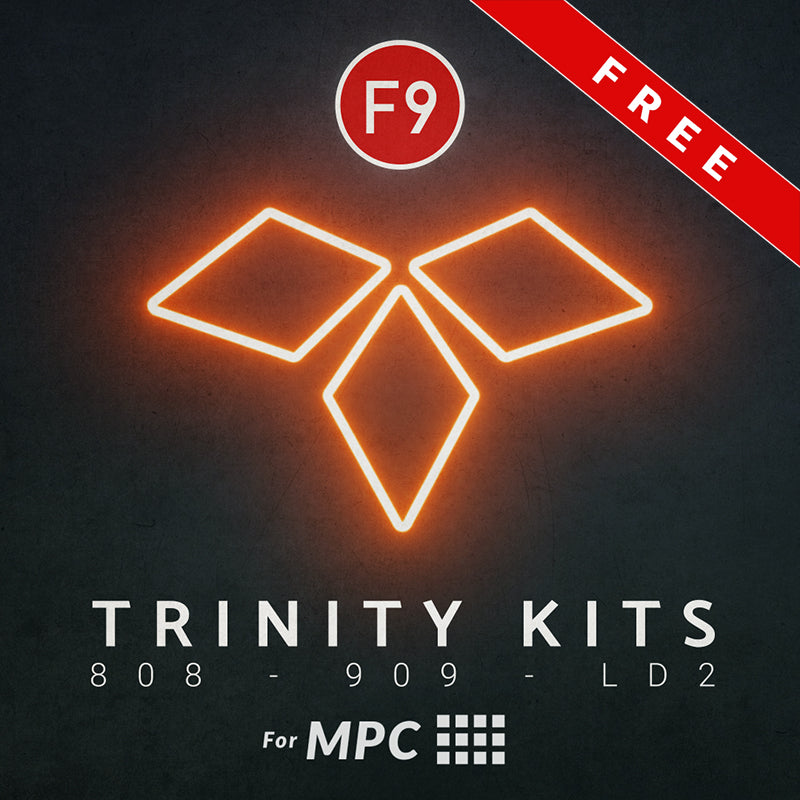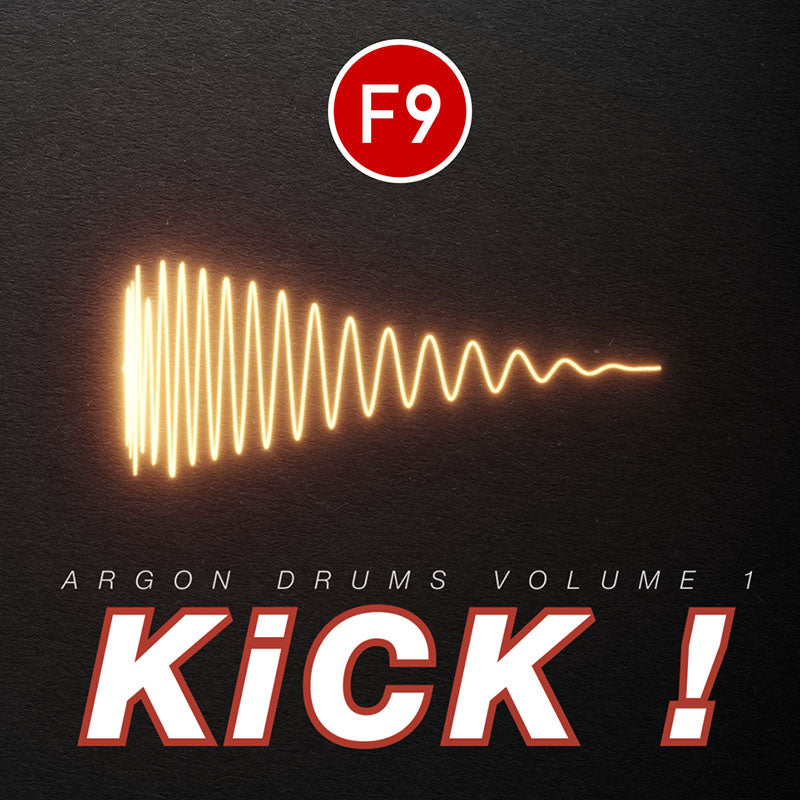F9 Scale Finder
In the boxes below, select the key you wish to work in and the musical scale - this will then show you the notes used
C Major Scale:
Scale Degrees:
About This Scale:
F9 Scale Finder
The F9 Scale Finder is a comprehensive music theory tool that helps musicians, composers, and producers instantly find the notes in any musical scale. This interactive calculator allows you to select from over 20 different scale types across any key, making it an essential resource for songwriting, improvisation, and music education.
Key Features:
- Choose from any musical key (C, C#, D, D#, E, F, F#, G, G#, A, A#, B)
- Access over 20 scale types including Major, Minor, Pentatonic, Blues, Jazz scales, and exotic modes
- Toggle between sharp (♯) and flat (♭) notation
- View scale degrees with proper music theory terminology (Tonic, Supertonic, etc.)
- Instantly see all notes displayed in an intuitive circular pattern
Perfect for guitarists, pianists, producers, and music students, the F9 Scale Finder eliminates the need to memorize complex scale formulas. Whether you're writing a song in Phrygian Dominant or improvising over a jazz progression using Bebop scales, this tool provides the theory knowledge you need in seconds.
Explore the rich variety of musical expressions through scales from around the world, including Harmonic Minor, Melodic Minor, Japanese Hirajoshi, Hungarian Minor, Arabic scales and more.
Use the F9 Scale Finder to expand your musical vocabulary, understand chord-scale relationships, and discover new creative possibilities in your compositions and performances.
Meet the Scales
Commonly Used Scales
Major Scale
Sound: Bright, happy, and resolved. The foundation of Western music.
Used in: Pop, rock, classical, folk, and country music. Think "Twinkle Twinkle Little Star," Beatles' "Hey Jude," or Mozart compositions.
Minor Scale (Natural Minor)
Sound: Melancholic, emotional, and somewhat dark compared to major.
Used in: Pop ballads, rock, classical, and film scores to convey sadness or tension. Examples include Adele's "Someone Like You" or Beethoven's "Für Elise."
Harmonic Minor
Sound: Exotic and tense with a distinctive Middle Eastern flavor due to the augmented second interval.
Used in: Classical music, flamenco, metal, and Middle Eastern music. Examples include Rimsky-Korsakov's "Scheherazade" or metal solos by Yngwie Malmsteen.
Melodic Minor (Ascending)
Sound: Sophisticated blend of minor and major qualities, smoother than harmonic minor.
Used in: Jazz, classical, and film scores. Common in complex jazz compositions by Miles Davis or Bill Evans.
Pentatonic and Blues Scales
Pentatonic Major
Sound: Happy, simple, and accessible with no dissonance.
Used in: Folk, country, pop, and Chinese traditional music. Heard in "Amazing Grace" or The Beatles' "Let It Be."
Pentatonic Minor
Sound: Bluesy, soulful, and extremely versatile.
Used in: Blues, rock, metal, and pop. The foundation for solos by Jimi Hendrix, Led Zeppelin, or AC/DC.
Blues Scale
Sound: Raw, expressive, with a characteristic "blue note" that creates tension.
Used in: Blues, rock, jazz, and R&B. Heard in B.B. King solos, Stevie Ray Vaughan licks, or Eric Clapton's "Crossroads."
Pentatonic Blues
Sound: Combines the smooth quality of pentatonic with the expressive tension of blues.
Used in: Modern blues, rock, and fusion. Common in Gary Moore or Joe Bonamassa solos.
Church Modes
Ionian (Major)
Sound: Bright and stable (same as the major scale).
Used in: Most Western music, from classical to contemporary pop.
Dorian
Sound: Minor with a jazzy, sophisticated quality due to its raised 6th.
Used in: Jazz, rock, and Celtic music. Heard in Santana's "Evil Ways," Miles Davis' "So What," or The Doors' "Riders on the Storm."
Phrygian
Sound: Spanish, exotic, with a distinct Middle Eastern flavor.
Used in: Flamenco music, metal (especially thrash), film scores. Metallica's "Wherever I May Roam" or classical Spanish guitar pieces.
Lydian
Sound: Dreamy, floating, and slightly psychedelic due to the raised 4th.
Used in: Film scores (especially fantasy), progressive rock, and jazz fusion. Heard in The Simpsons theme song and Flying Lotus tracks.
Mixolydian
Sound: Bluesy, rock-oriented major with a slightly unresolved quality.
Used in: Rock, blues, jazz, and Celtic music. Used in The Beatles' "Norwegian Wood," Grateful Dead jams, or Irish folk tunes.
Aeolian (Natural Minor)
Sound: Sad, emotional (same as the natural minor scale).
Used in: Rock, metal, pop, and film music to create melancholy.
Locrian
Sound: Very unstable, tense, and dissonant.
Used in: Metal, avant-garde jazz, and experimental music. Rarely used as the primary scale but often for brief sections in metal or progressive compositions.
Jazz and Exotic Scales
Whole Tone
Sound: Dreamy, floating, ambiguous with no clear resolution.
Used in: Impressionist classical music, jazz, film scores (especially dream sequences). Claude Debussy's compositions or Thelonious Monk solos.
Diminished
Sound: Symmetrical, tense, unsettling with a horror vibe.
Used in: Horror film scores, jazz improvisation, and classical transitions. Bernard Herrmann's "Psycho" score utilizes these sounds.
Altered
Sound: Extremely tense, dissonant, seeking resolution.
Used in: Jazz over dominant 7th chords, especially before resolution. Heard in solos by John Coltrane or Michael Brecker.
Bebop Dominant
Sound: Jazzy with smooth chromatic passing tones.
Used in: Traditional jazz and swing music. Charlie Parker and Dizzy Gillespie solos exemplify this sound.
Bebop Major
Sound: Sophisticated major sound with chromatic embellishments.
Used in: Bebop, hard bop, and modern jazz. Wes Montgomery and Clifford Brown utilized these scales.
Exotic/Ethnic Scales
Phrygian Dominant
Sound: Intensely Spanish/Middle Eastern with tension and exotic flavor.
Used in: Flamenco, metal, Middle Eastern and Jewish music. Dick Dale's "Misirlou" (Pulp Fiction theme) is a famous example.
Hungarian Minor
Sound: Dramatic, exotic, with a distinctive gypsy flavor.
Used in: Eastern European folk music, film scores, and virtuosic classical pieces. Franz Liszt and traditional Hungarian folk music.
Double Harmonic (Byzantine)
Sound: Extremely exotic with two augmented seconds creating an unmistakable Middle Eastern sound.
Used in: Middle Eastern music, metal, and fusion. Used in traditional Arabic maqam music and some Dick Dale surf guitar.
Japanese (Hirajoshi)
Sound: Distinctly East Asian, pentatonic with subtle tension.
Used in: Traditional Japanese music, film scores, and some modern fusion. Heard in traditional koto music and used by guitarists like Marty Friedman.
Arabic
Sound: Deeply exotic with quarter-tone feeling and distinctive Middle Eastern character.
Used in: Traditional Arabic music, belly dance music, and some fusion. Heard in traditional oud performances and modern artists like Anouar Brahem.
